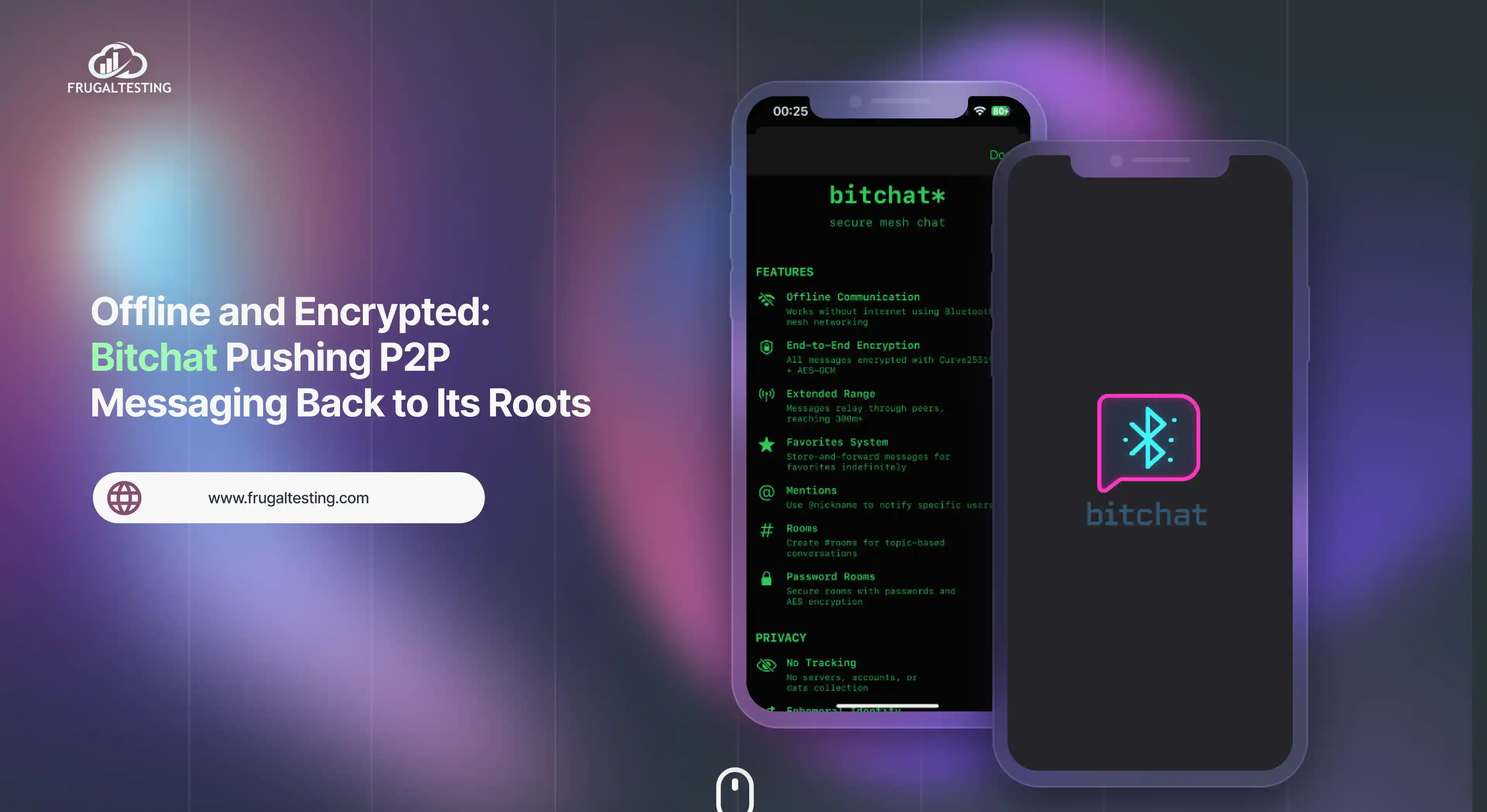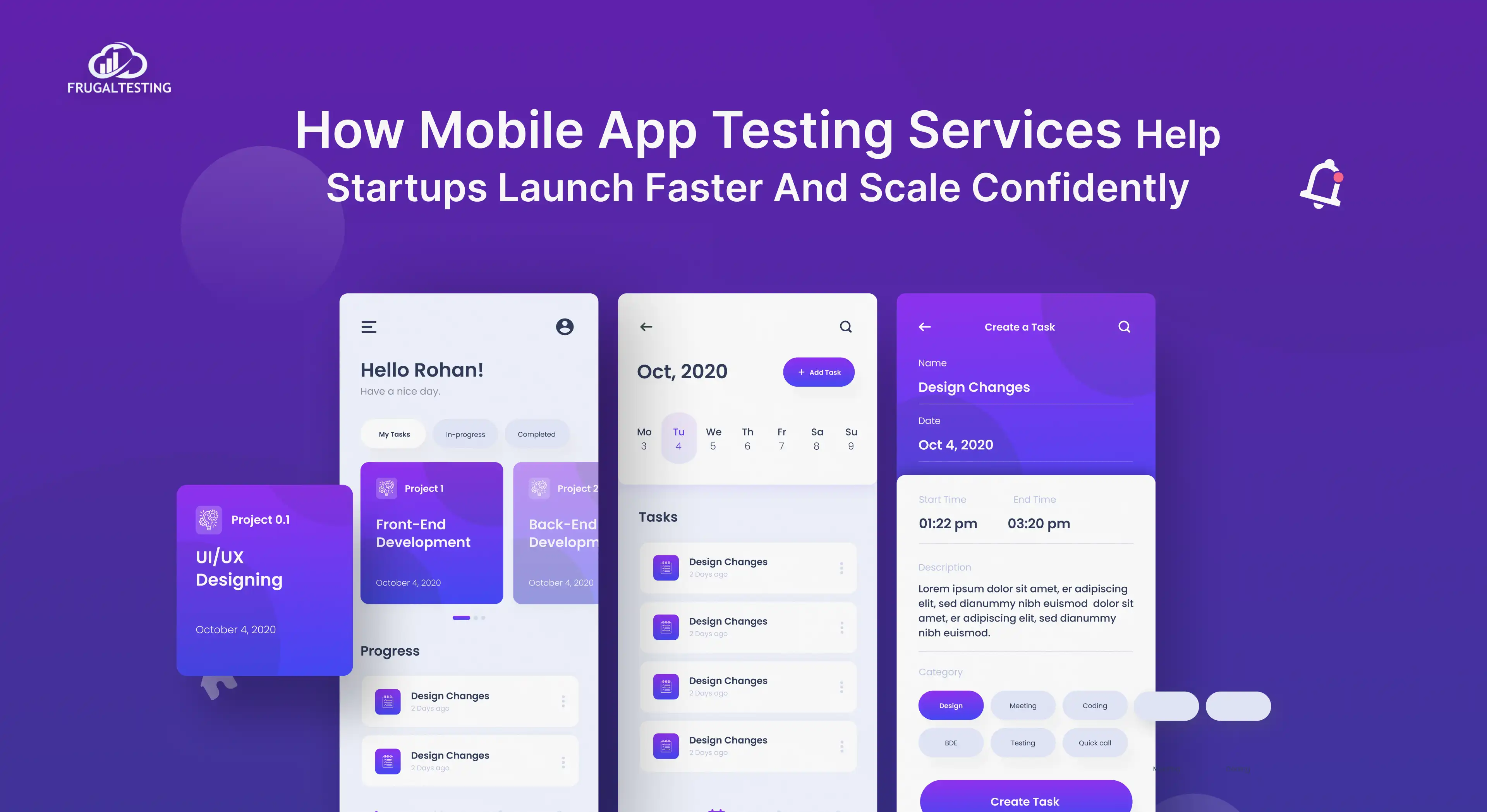While automated testing offers speed and efficiency, manual testing provides a human touch that can uncover nuanced issues and ensure a superior user experience. This blog explores the enduring relevance of manual software testing in 2024 in the United States, examining its benefits, challenges, integration with agile methodologies, and cost-effectiveness in specific project contexts.
Key Takeaways of the Blog
📌Benefits of Manual Testing: Despite advancements in automation, manual testing remains crucial for providing human insight, especially in user experience and exploratory testing.
📌Challenges Faced in Manual Testing: Human error, time-consuming nature, and scalability are key challenges, yet manual testing thrives in scenarios requiring adaptability and creativity.
📌Integration with Agile Methodologies: Manual testing (functional testing) seamlessly integrates with Agile processes, ensuring continuous feedback and validation throughout iterative development cycles.
📌Cost-Effectiveness in Specific Contexts: Manual testing proves cost-effective in small-scale projects, exploratory testing phases, and early software releases where initial investment in automation may not be justified.
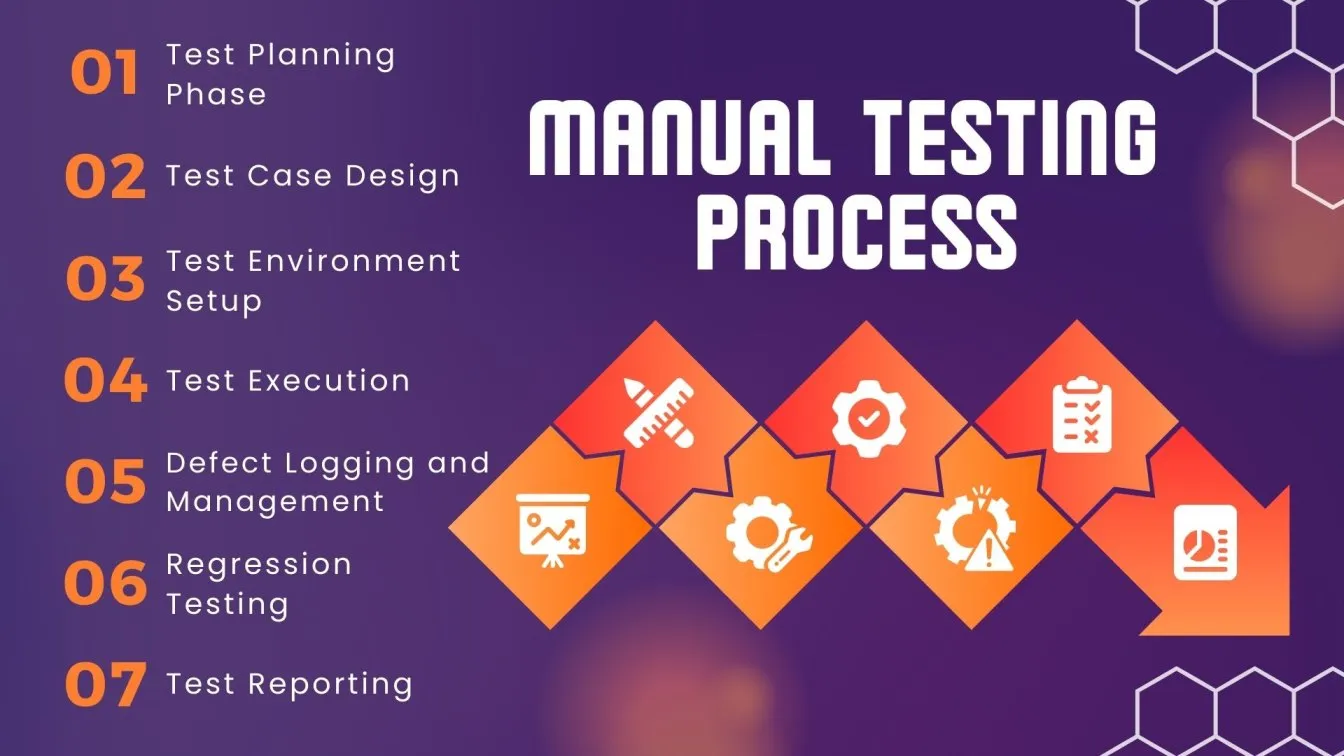
What is Manual Software Testing?
Think of manual software or application testing as a detective story. Like a detective examines every clue to solve a mystery, a tester carefully checks every part of the software to ensure it works as expected. In manual testing (including onshore testing and API testing), a person sits down and interacts with the software just like a regular user would. They click buttons, fill out forms, and navigate through different screens to spot any problems or "bugs."
Imagine you’re trying out a new mobile app on your mobile devices. You want to ensure it doesn’t crash, that buttons do what they’re supposed to, and that the overall experience is smooth. That’s pretty much what manual software testers do with mobile applications but with a more systematic approach. They follow specific test cases, which are like step-by-step instructions, to ensure every feature works correctly.
The main idea behind manual application testing is to catch any issues before the software gets into the hands of real users. It’s a crucial part of developing reliable, user-friendly software.

Are Manual Software Testing Services Active in 2024 in the United States?
Absolutely! Manual software testing services provided by a software testing company will be very active in 2024 in the United States. Even with all the advancements in automation and artificial intelligence, manual testing still plays a crucial role in software development, especially for complex systems.
While automation and AI have significantly advanced the software or application testing field, manual testing remains essential, particularly for mobile apps. It brings a human touch, offers flexibility, and is often more cost-effective for specific projects involving mobile apps. This combination ensures that manual software testing (including onshore testing and API testing), facilitated by a software testing company, remains a vital part of the software development process in 2024 in the United States, particularly for ensuring the quality and usability of mobile apps.

The Significance of Manual Software Testing in the Industry
Manual software testing remains significant in the industry for several reasons. Here’s a quick look at why it’s still so important:
Therefore, manual application testing, often conducted by a manual testing company, remains indispensable for ensuring the quality of business goals and reliability of software in 2024 in the United States.
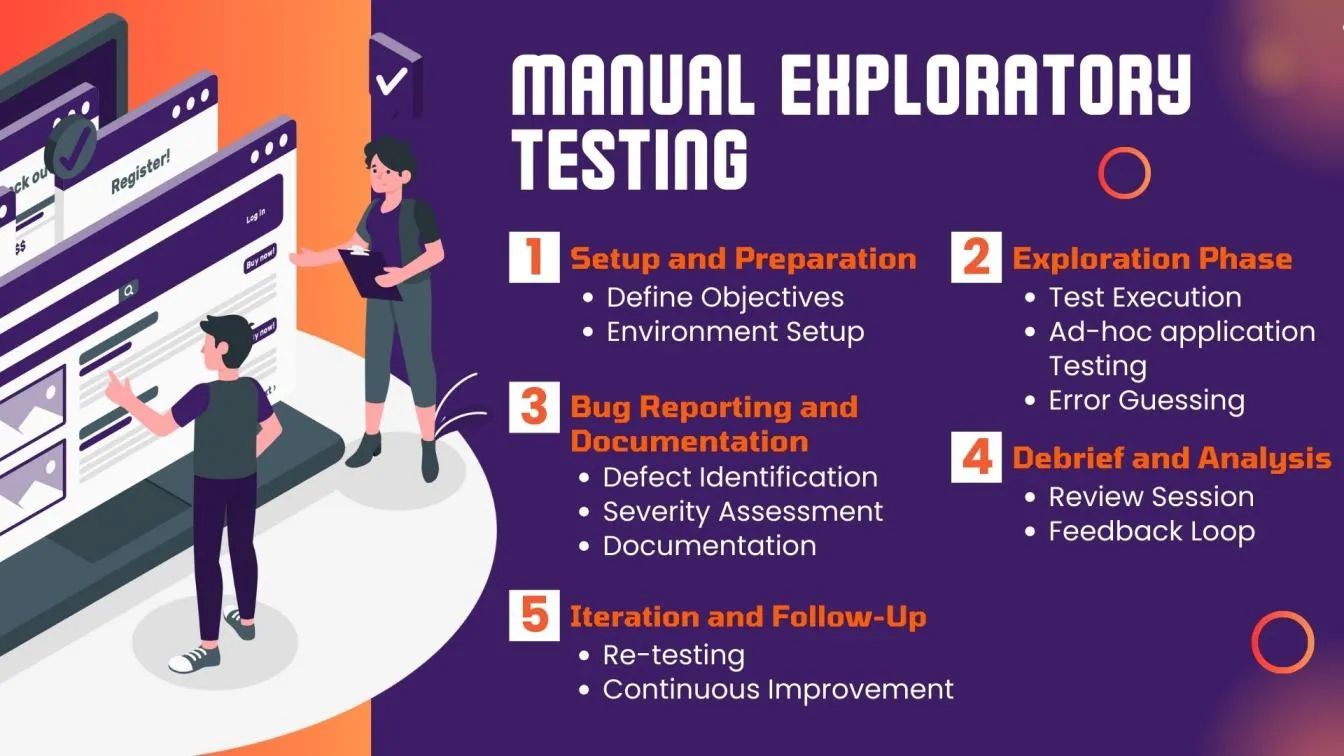
Popular Manual Software Testing Tools
Having the right tools can make a big difference when it comes to manual software or application testing. Here are some of the popular tools that testers rely on:
- Jira: This tool is a favorite for managing test cases, tracking issues, and collaborating with the experienced team and development team (at the development stage). It's highly customizable and integrates well with other tools.
- TestRail: TestRail helps testers organize and manage their test cases efficiently. It offers a wide range of robust reporting features, making tracking test progress and results easier.
- Zephyr: An add-on for Jira, Zephyr enhances test management capabilities, allowing testers to create, view, edit, and clone test cases directly within Jira.
- QTest: QTest is known for its user-friendly interface and comprehensive features supporting manual and automated testing (including onshore testing). It offers real-time insights into testing activities.
- Bugzilla: A classic bug-tracking tool, Bugzilla helps testers (including internal teams) log, track, and manage bugs effectively. It's open-source and highly customizable to fit a wide range of application testing needs through automation testing services.
These tools help testers stay organized, track progress, and collaborate effectively with their internal teams in the development of software products. While each tool has its unique strengths, they all aim to streamline the manual application testing process and improve the overall quality of the software products.
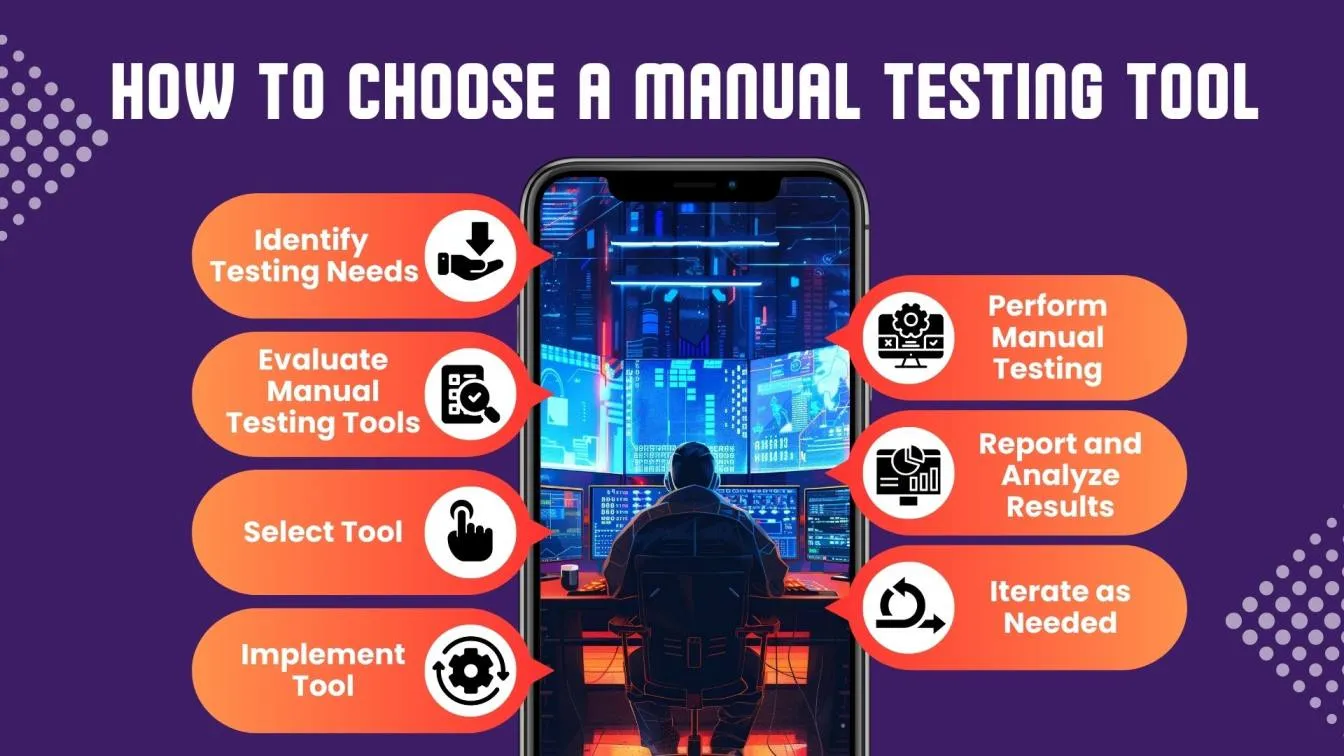
Top Service Providers of Manual Software Testing in the Recent Years
Service providers have consistently stood out for their expertise and reliability regarding manual software testing and mobile testing (mobile app testing). Here are some of the top names in the industry:
- Frugal Testing: Frugal Testing is known for providing cost-effective manual testing services without compromising quality, including mobile testing. They cater to various industries and emphasize efficiency and thoroughness in their application testing processes.
- Cigniti Technologies: Known for its comprehensive application testing services, Cigniti offers a wide range of manual testing solutions, including mobile testing. They are recognized for their quality assurance practices and have worked with many global clients.
- TCS (Tata Consultancy Services): TCS is an IT sector giant that offers robust manual testing services, including mobile testing. Their experienced testers ensure high-quality software delivery and have a reputation for thoroughness and reliability.
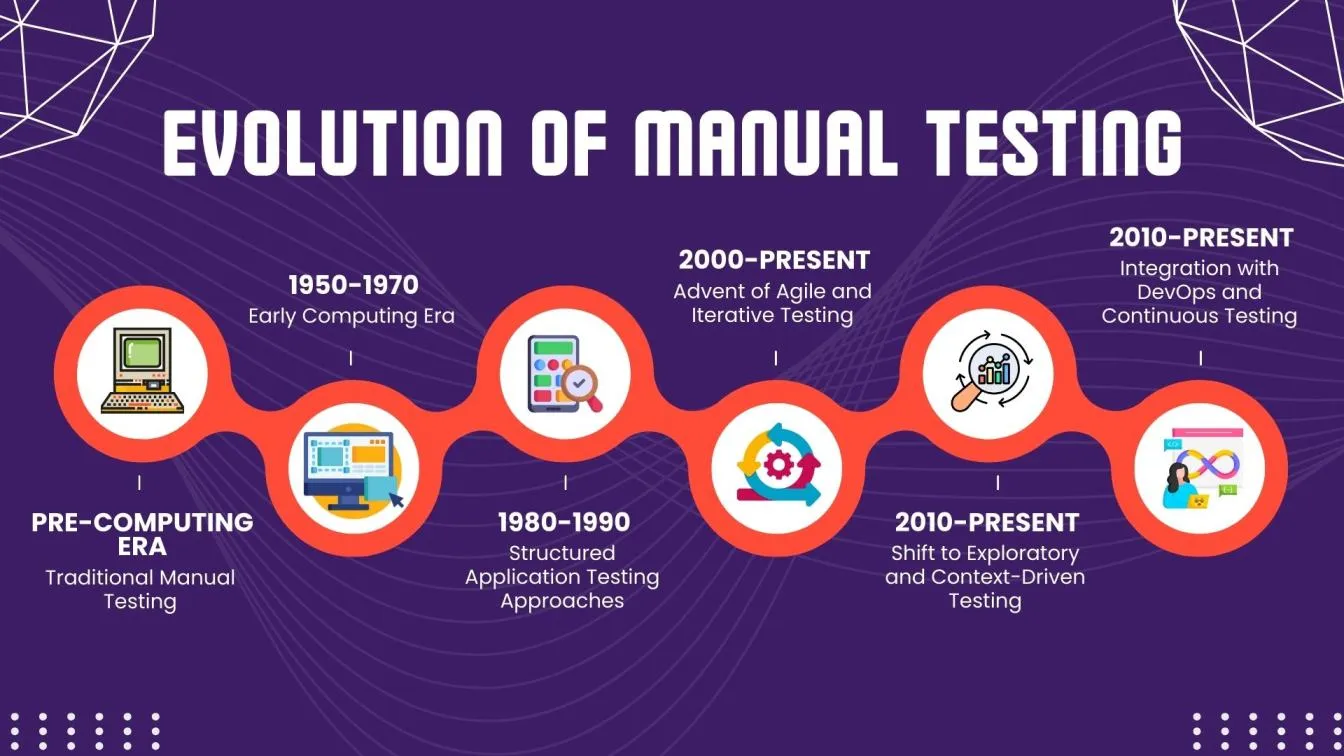
Service providers have consistently stood out for their expertise and reliability regarding manual software testing and mobile testing (mobile app testing). Here are some of the top names in the industry:
- Frugal Testing: Frugal Testing is known for providing cost-effective manual testing services without compromising quality, including mobile testing. They cater to various industries and emphasize efficiency and thoroughness in their application testing processes.
- Cigniti Technologies: Known for its comprehensive application testing services, Cigniti offers a wide range of manual testing solutions, including mobile testing. They are recognized for their quality assurance practices and have worked with many global clients.
- TCS (Tata Consultancy Services): TCS is an IT sector giant that offers robust manual testing services, including mobile testing. Their experienced testers ensure high-quality software delivery and have a reputation for thoroughness and reliability.
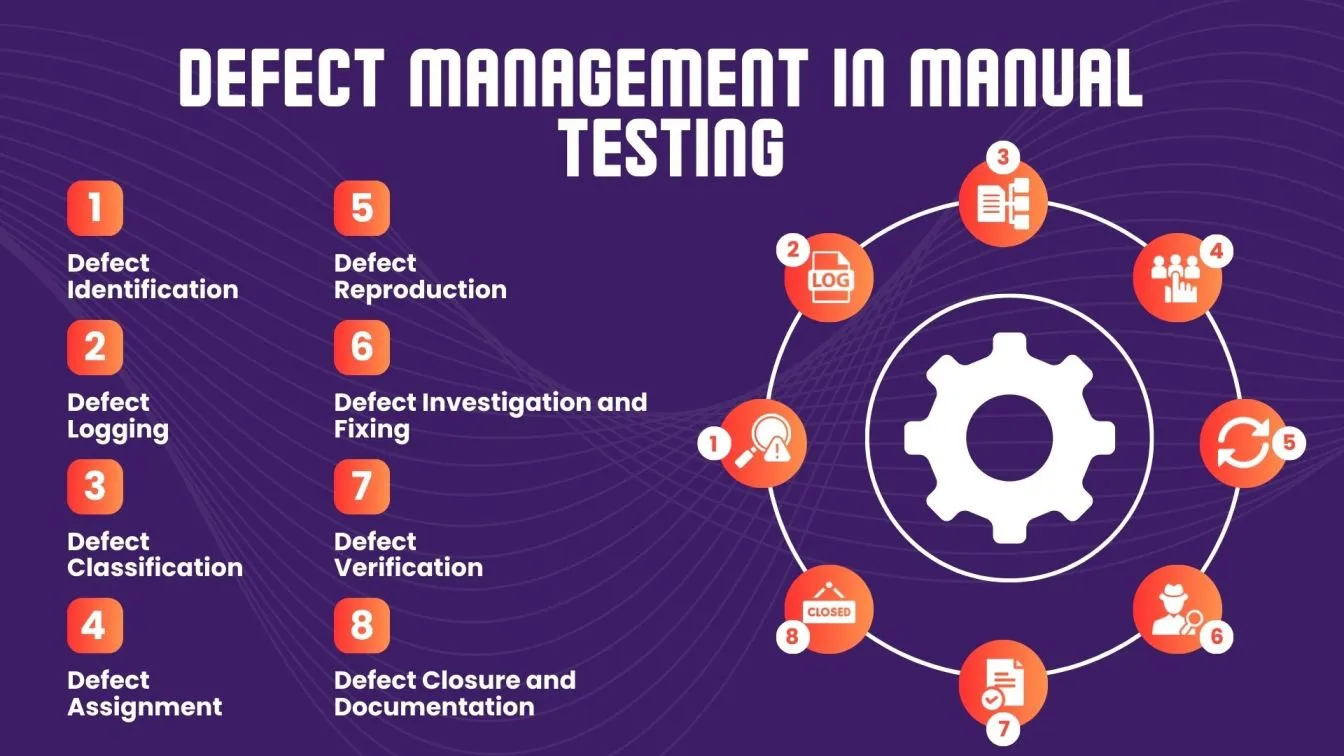
How to Choose the Right Manual Software Testing Service Provider
Choosing the right manual software or application testing service provider involves assessing these factors to ensure they align with your project and business goals and expectations. This approach helps you select a provider that meets your immediate application testing needs, including user acceptance testing, and contributes to the overall success of your software development lifecycle. Consider evaluating reputed software testing services companies that specialize in various types of testing to find the right fit for your requirements.

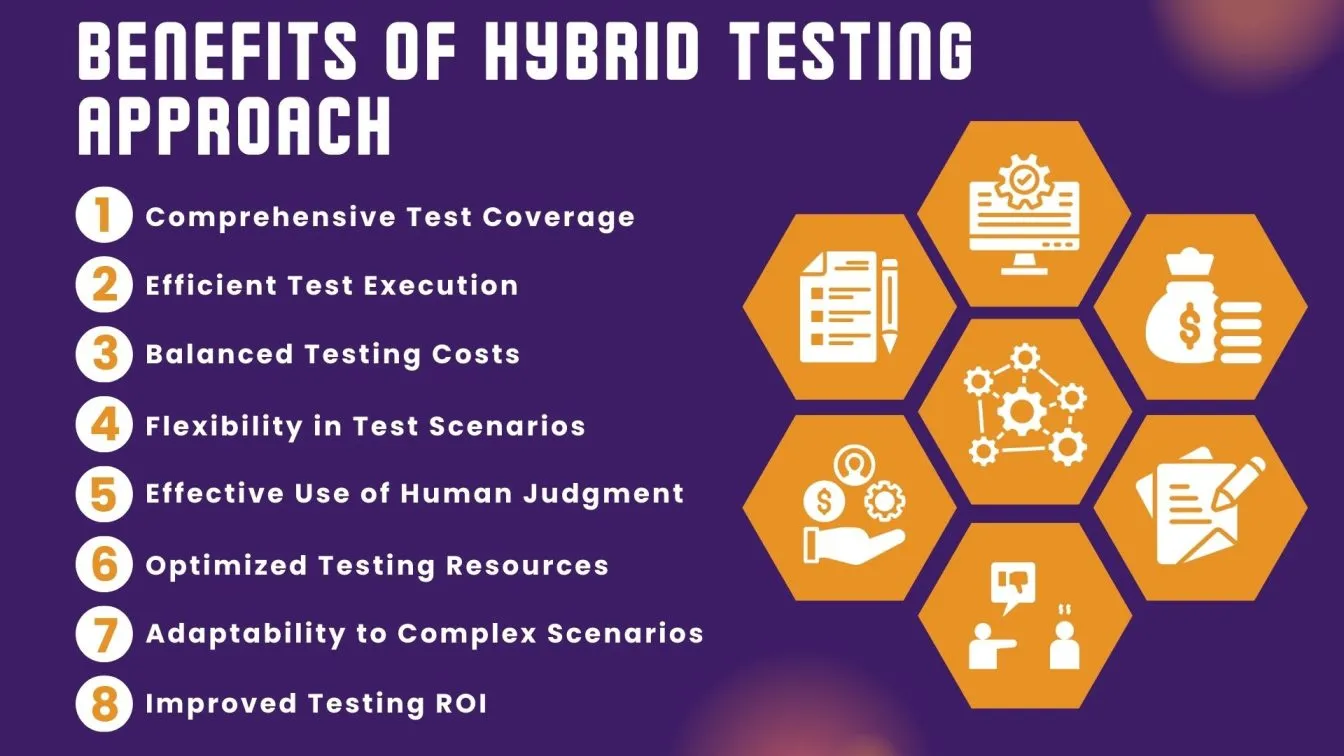
How do companies handle Manual Testing Process
So, you're curious about how companies handle testing, right? It's a whole spectrum, from manual testing done in-house to all sorts of specialized services like automation or security testing. The way companies approach it really depends on what they need and what resources they have on hand. Let's dive in and see how it usually works Here’s a general overview of how they typically handle it:
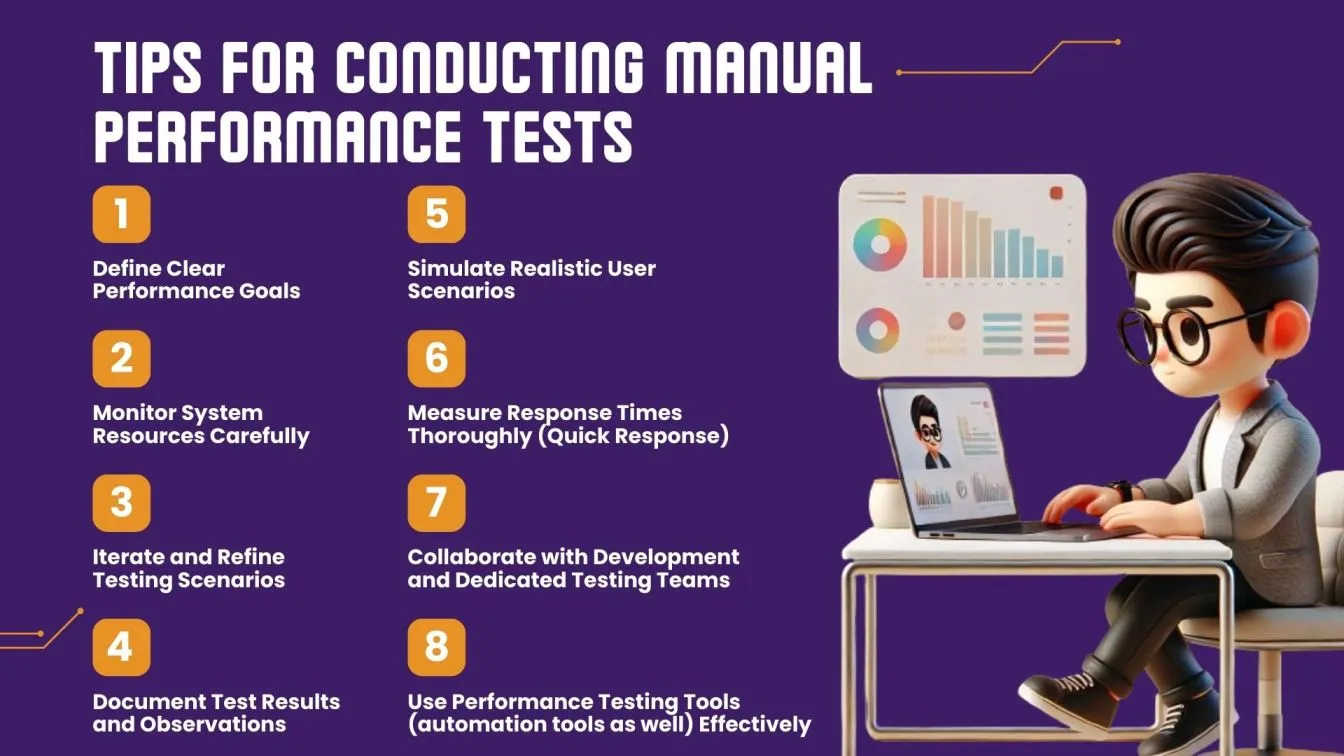
- Test Planning: Companies start by defining test objectives, business processes, scope, and timelines. They create test plans that outline the testing approach, resources needed, and testing environments.
- Test Case Design: Testers design detailed test cases based on requirements and user scenarios. These test cases outline step-by-step procedures to validate different aspects of the software and variety of testing services to businesses.
- Execution and Reporting: Testers execute the test cases manually, following predefined steps to simulate user interactions and validate functionality. They meticulously record test results and any issues encountered.
- Defect Management: Companies use defect tracking tools to log and prioritize issues found during testing. They collaborate with developers to ensure timely resolution and retesting of fixed defects.
- Collaboration: Effective communication and collaboration between testers, developers, and other stakeholders are critical. Companies ensure that feedback is shared promptly and everyone is aligned on testing goals and outcomes.

Key Challenges Faced in Manual Software Testing
Manual software testing, while essential, comes with its own set of challenges that testers often encounter:

The Future of Testing Software Manually
The future of manual software testing remains pivotal despite the rise of automation. Here’s why:
- Human-Centric Testing: Manual testing offers a human touch that automation can't replicate, ensuring nuanced testing of user experience and real-world scenarios.
- Complexity Handling: Some testing tasks, especially those requiring adaptability and creativity, are better suited to manual approaches.
- Integration with Automation: Manual testing will increasingly complement automated testing frameworks, focusing on exploratory testing, usability, and edge cases.
- Skill Enhancement: Testers will evolve towards more strategic roles, focusing on complex scenarios and interpreting results rather than executing repetitive tests.
- Early Stage Testing: Manual testing will continue to play a crucial role in the early stages of software development, where rapid feedback and iterative testing are essential.
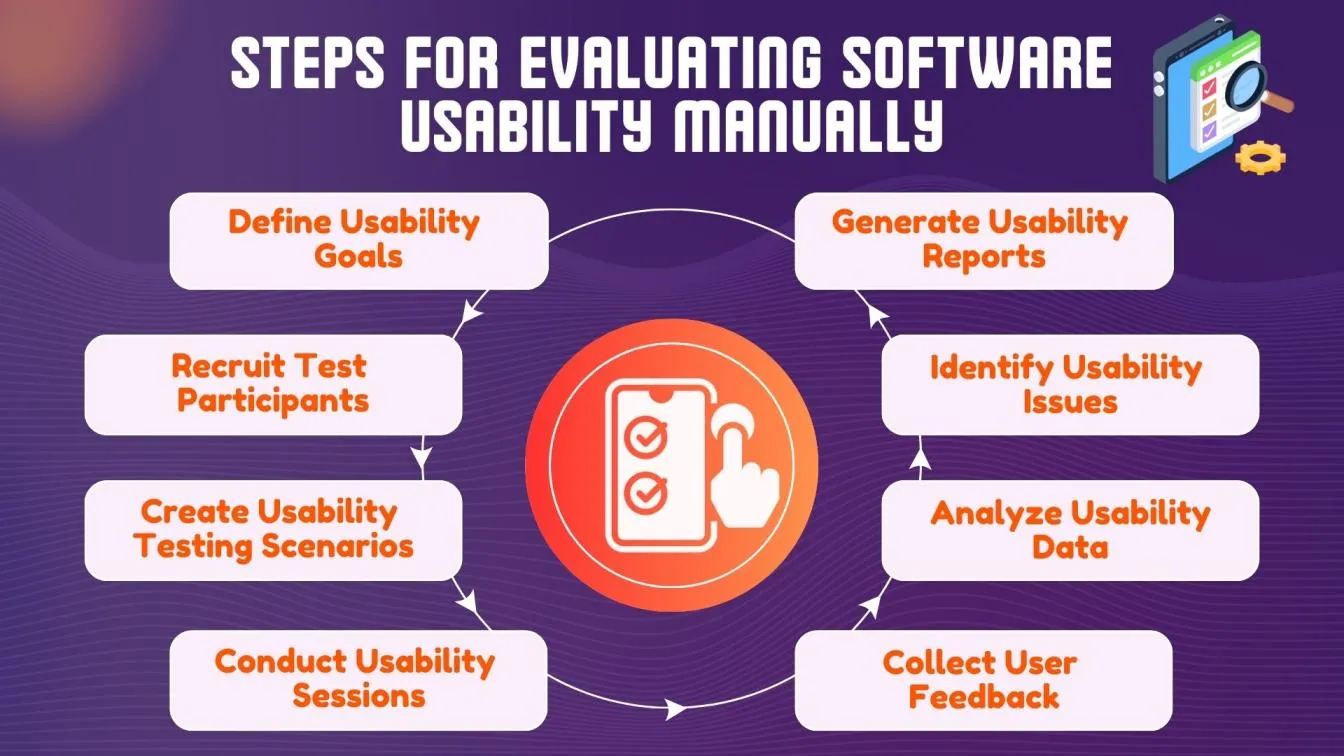
- Adaptation to New Technologies: As software and technology evolve, manual testing will adapt to test emerging technologies like AI, IoT, and blockchain, which require human judgment and domain expertise.
- User-Centric Testing: Manual testing allows testers to empathize with real users or end-users (billions of users around the globe), ensuring that software meets usability and accessibility standards beyond what automated scripts can verify.
- Regulatory Compliance: In industries with strict regulatory requirements (such as healthcare and finance), manual testing ensures adherence to standards and regulations that demand human validation.
- Cost-Effective Solutions: For small to medium-sized enterprises (SMEs) or startups, manual testing remains cost-effective before investing in more expensive automated testing frameworks.
- Continuous Improvement: Manual testing fosters a culture of constant improvement, where testers learn from each testing cycle, refine test cases, and adapt to feedback for better quality assurance practices through quality engineering.
While automation advances, manual testing will remain indispensable for ensuring software reliability, user satisfaction, and comprehensive quality assurance through quality engineering.
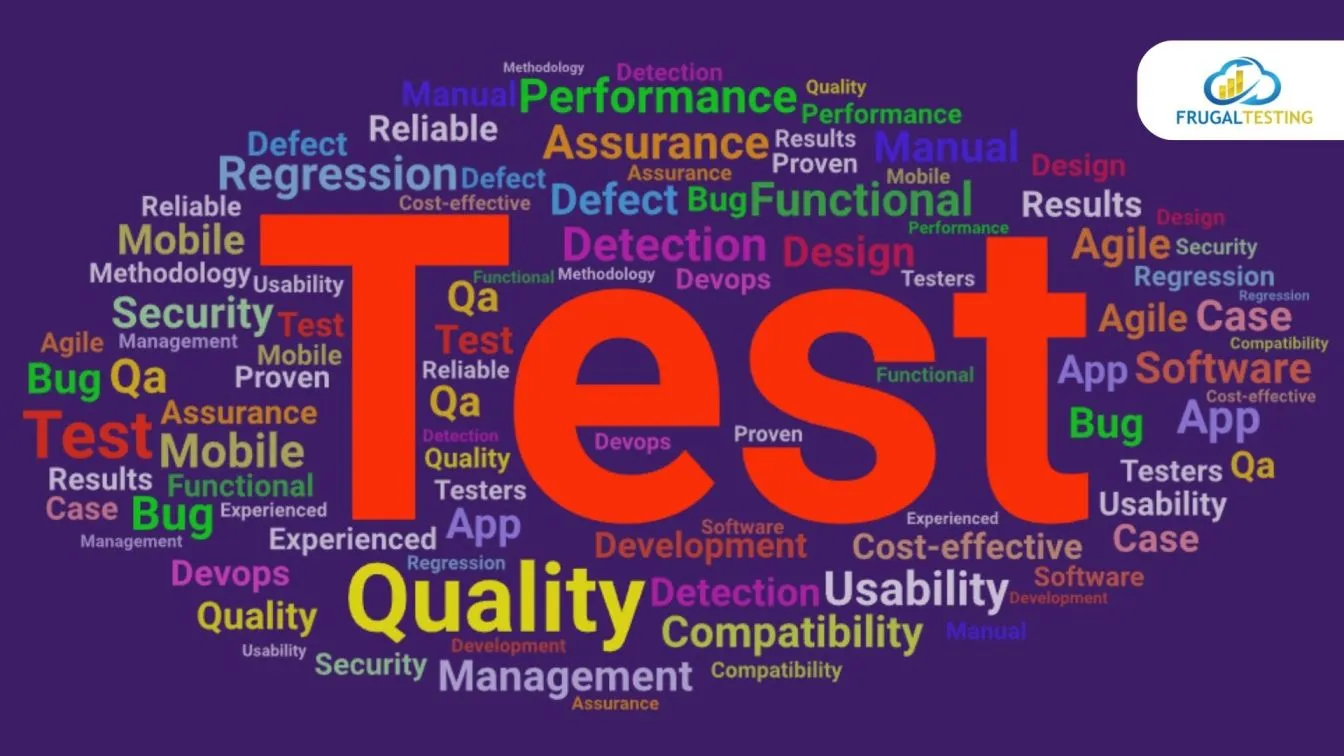
What Have We Learned Today?
While automated testing streamlines routine tasks and boosts efficiency, manual testing remains essential for its capacity to offer detailed testing, adapt to evolving requirements, and provide human judgment. Adopting a hybrid approach or testing effort that harnesses manual and automated testing strengths ensures thorough software quality assurance.
As businesses navigate through the intricacies of contemporary software development, recognizing the strategic significance of manual testing in optimizing testing strategies and delivering resilient applications becomes pivotal for sustainable success in 2024 in the United States and beyond.

People also asked
👉 Is coding required for Manual Testing?
No, coding is typically not required for manual testing.
👉 Why is Manual Testing considered cost-effective?
Manual Testing is considered cost-effective due to lower initial investment and adaptability.
👉 Is Automated Testing Faster than Manual Testing?
Yes, Automated Testing is generally faster than Manual Testing for repetitive tasks.
👉 Is Manual Testing Cost-effective?
Yes, Manual Testing can be cost-effective, especially in specific project contexts (e.g. Small-scale projects, initial software releases, etc.)
👉 Can Manual Testing be integrated with Agile methodologies?
Yes, manual testing can be integrated seamlessly with agile methodologies.



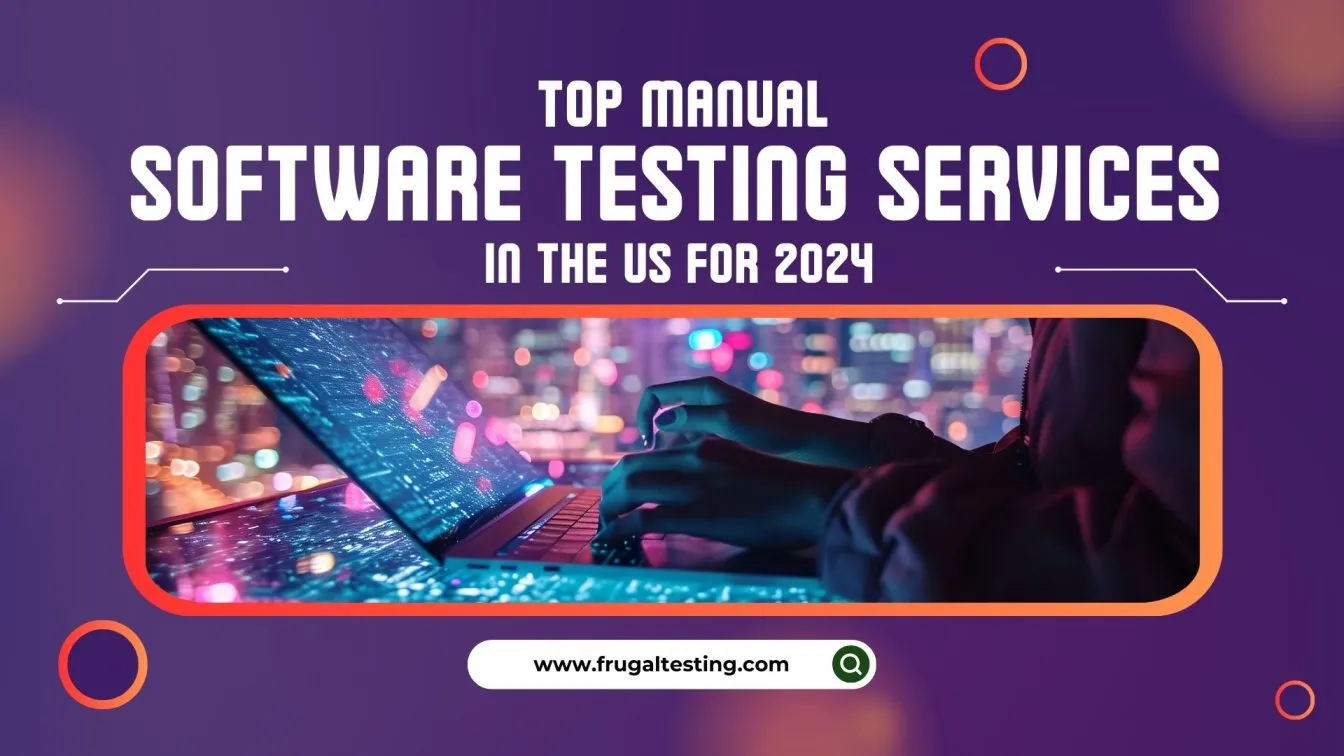

%201.webp)
